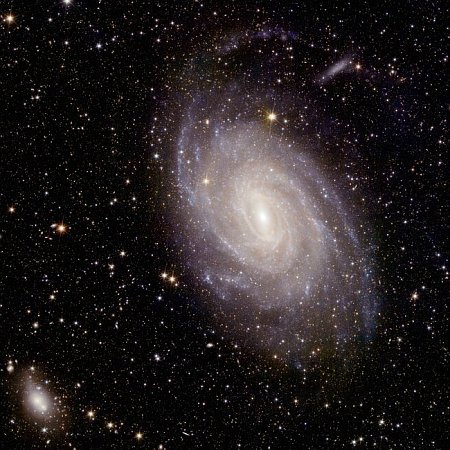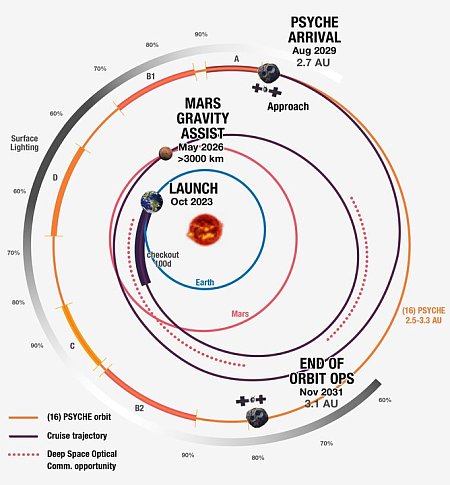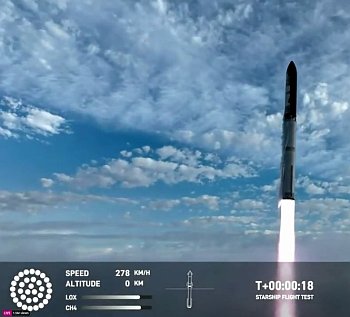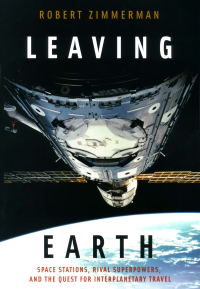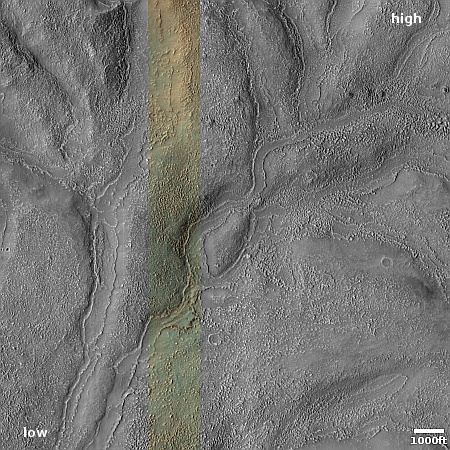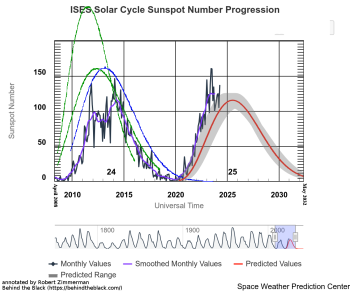North Carolina university system repeals DEI policies

Actually taking concrete stpes to end DEI
Under pressure by its state legislature, which last year banned all diversity statements from state agencies, the Board of Governors for the North Carolina University (UNC) system voted today to repeal its Diversity, Equity, and Inclusion (DEI) policies that have encouraged discrimination against non-minorities within the system.
The new policy now requires UNC schools to “ensure equality of all persons & viewpoints,” and promote “nondiscrimination in employment practices.” It also mandates that all UNC schools comply with a series of amendments passed by the North Carolina General Assembly in the past year that limit what can be discussed or taught about race, racism and sex in government institutions.
…Schools in the UNC System are required to comply with the new policy by September 1. The proposal does not indicate how many DEI jobs might be impacted.
Earlier this month, the Board of Trustees for the University of North Carolina Chapel Hill passed a separate proposal to divert $2.3 million from DEI programs to public safety.
The new policy, which you can read here [pdf], is very clear that DEI racial quotas and poltical favorism must end. » Read more

Actually taking concrete stpes to end DEI
Under pressure by its state legislature, which last year banned all diversity statements from state agencies, the Board of Governors for the North Carolina University (UNC) system voted today to repeal its Diversity, Equity, and Inclusion (DEI) policies that have encouraged discrimination against non-minorities within the system.
The new policy now requires UNC schools to “ensure equality of all persons & viewpoints,” and promote “nondiscrimination in employment practices.” It also mandates that all UNC schools comply with a series of amendments passed by the North Carolina General Assembly in the past year that limit what can be discussed or taught about race, racism and sex in government institutions.
…Schools in the UNC System are required to comply with the new policy by September 1. The proposal does not indicate how many DEI jobs might be impacted.
Earlier this month, the Board of Trustees for the University of North Carolina Chapel Hill passed a separate proposal to divert $2.3 million from DEI programs to public safety.
The new policy, which you can read here [pdf], is very clear that DEI racial quotas and poltical favorism must end. » Read more


